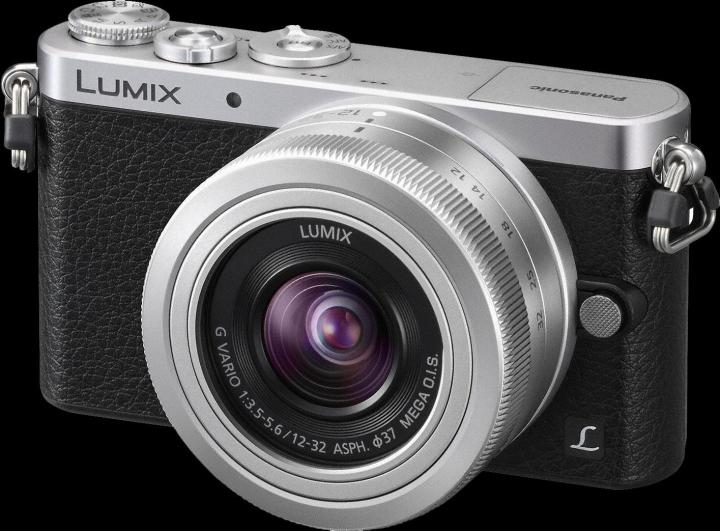
From bad news one day to good news on another, it’s obvious that camera companies are riding on the crazy roller coaster of unpredictability. What’s clear is that smartphone photography continues to rise, but what isn’t apparent is how camera companies will emerge from this. But a recent report from Reuters paints an even more damning prediction: Mid-tier camera companies Panasonic, Fujifilm, and Olympus may not stick around, leaving only Canon, Nikon, and Sony competing in the top-tier and smartphones taking over the rest.
Reuters cites Yu Yoshida, an imaging analyst with Credit Suisse, who claims, “If you look mid-to-long term, digital camera makers are slipping and the market is becoming an oligopoly. Only those who have a strong brand and are competitive on price will last — and only Canon, Nikon and Sony fulfill that criteria.” Canon and Nikon are the two biggest DSLR makers – which actually saw a 1-percent growth in DSLR sales during the holiday season – while Sony makes many of the imaging components used in digital imaging, and has found success with its unique Cyber-shot QX series. Reuters also points to losses at Panasonic, Fujifilm, and Olympus, as well as stagnation in mirrorless camera sales globally – a category all three have invested heavily in.
Before we close the coffin and start shoveling dirt on top of it, we need to step back from jumping to conclusions. Yes, the numbers are dismal and consumers’ embrace of smartphones has really dampened camera sales, but we are also getting lots of conflicting information. The New York Times recently wrote about Fujifilm finding success with its high-end X-series, while Olympus’s CEO predicted that the company’s camera division would be profitable next year. Panasonic has sold off half of its imaging semiconductor manufacturing to a joint venture with Israeli company TowerJazz, which might help alleviate some of the losses while remaining in the digital imaging industry. Meanwhile, Nikon – one of the three companies Yoshida says will survive – has reported some terrible financial news this year, and has had to lower its forecasts.
Regardless, the news reiterates our recent analysis of the dire climate facing camera manufacturers. It’s very possible that some of these companies may call it quits in the digital camera business. It’s tough times, for sure, but there’s also way too much conflicting reports. Maybe, if we give them some time, mirrorless cameras (which we have fallen in love with some of the latest models) will catch on. It seems analysts, however, aren’t as optimistic about the future as camera makers are.
(Via Reuters)


